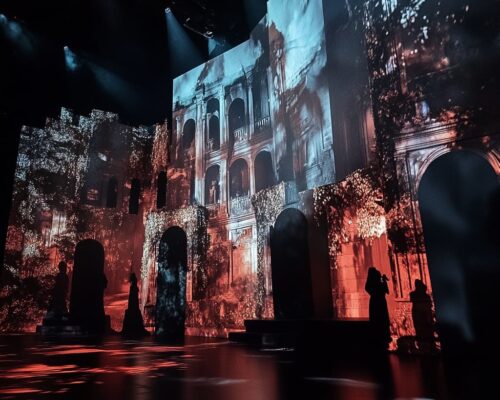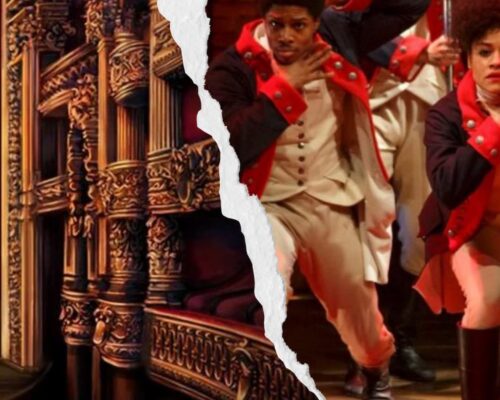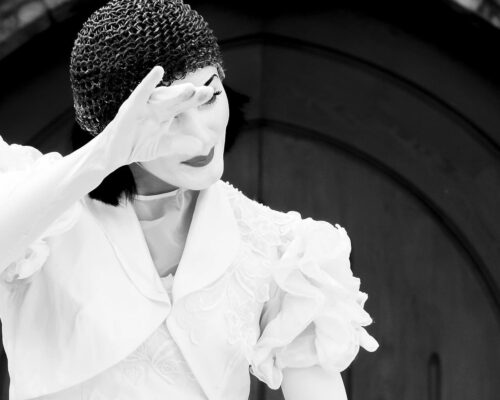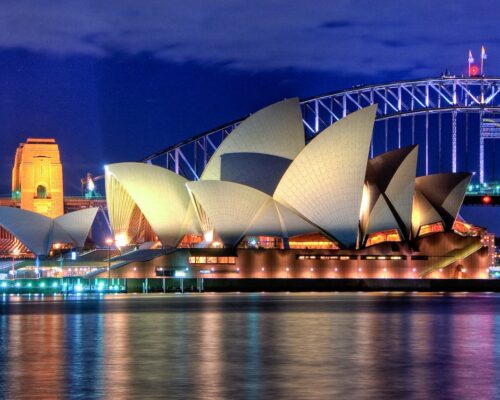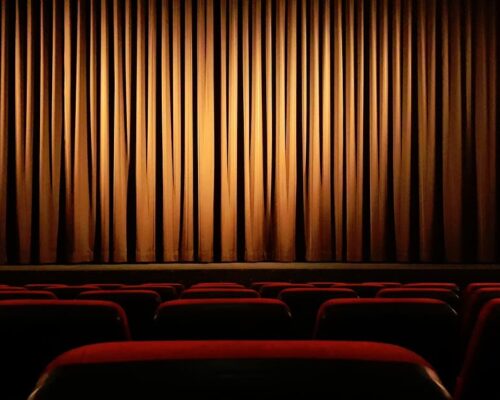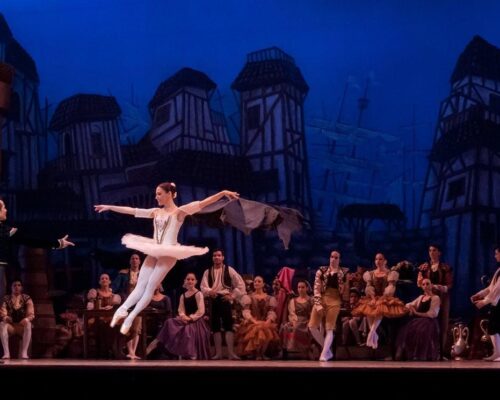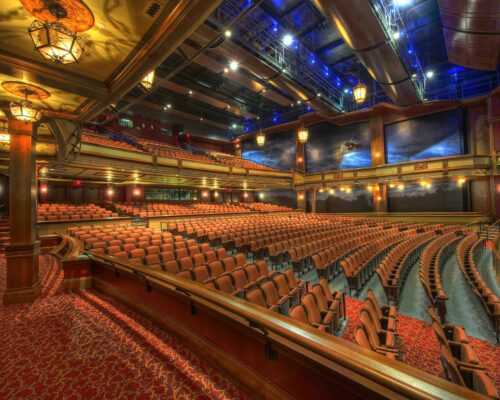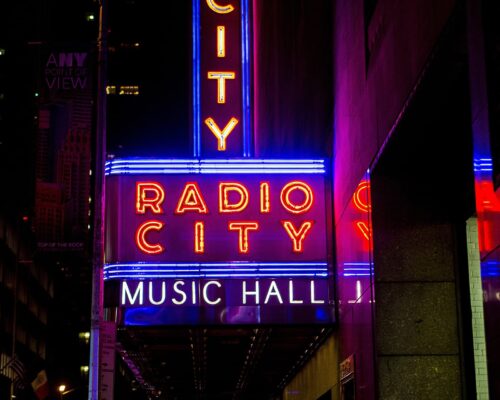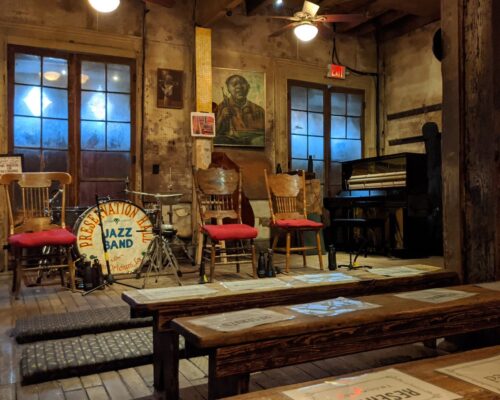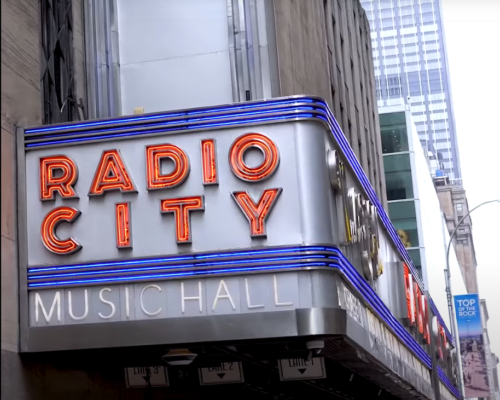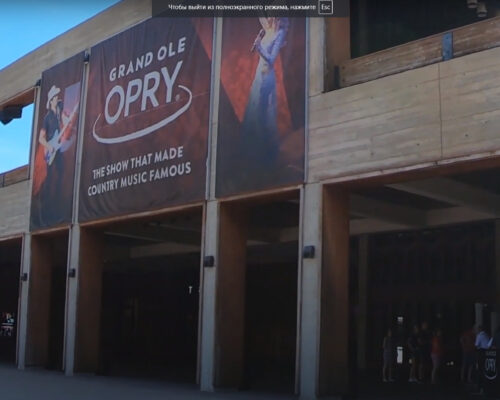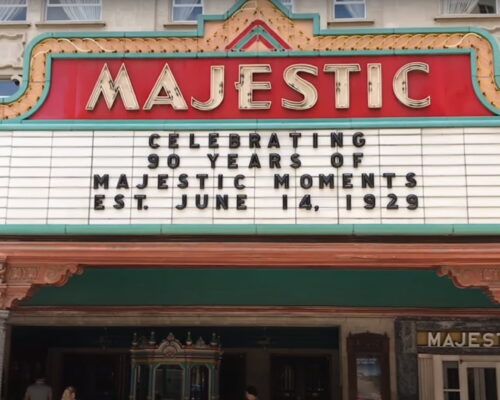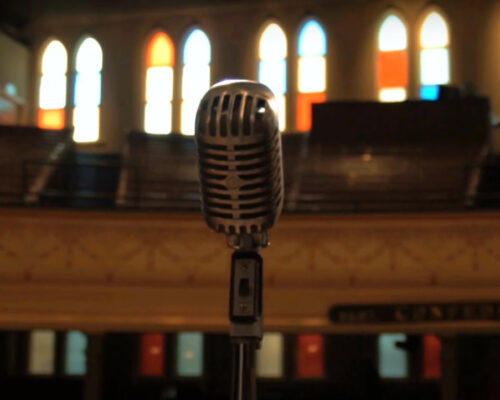American theater
American theater
The First World War, which had a negative impact on all European countries, had very different consequences for the United States. America’s neutrality during several years of the war, and the supply of weapons to the belligerent states, helped to increase the country’s economic potential and receive huge profits. In addition, the conduct of hostilities at the final stage of the war allowed the United States to take part in the post-war reconstruction of the world. By that time, no one doubted the economic superiority of the United States, and European states had to reckon with a powerful power in many ways.
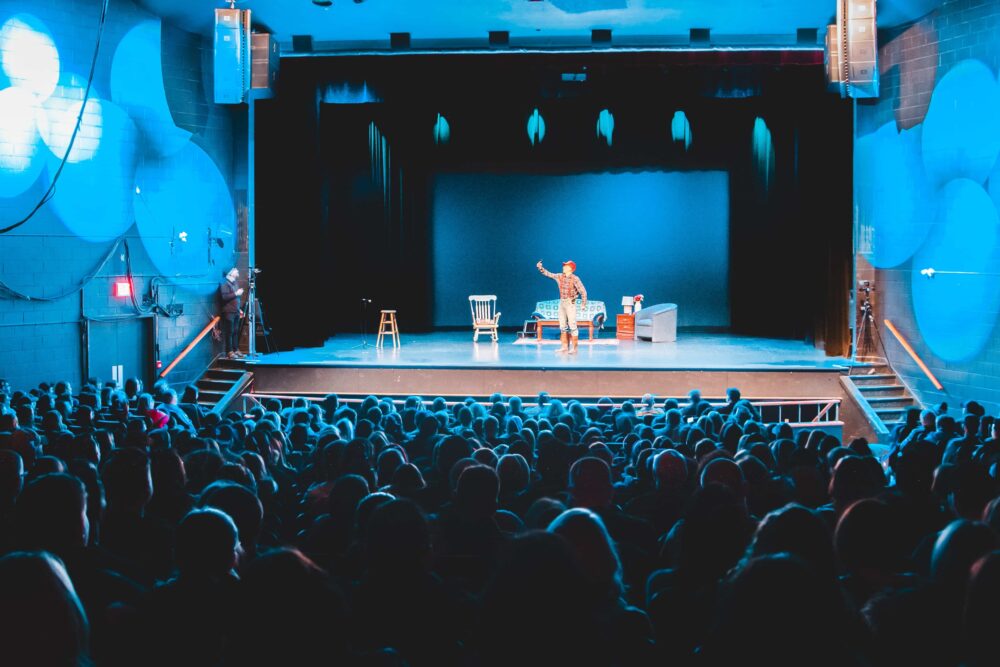
The history of the United States from 1918 to 1945 is usually divided into three periods: the years of prosperity (1920s), the “red years” of the economic crisis (1930s), and the years of World War II.
The first period, characterized by the stabilization of the economy and social order, unexpectedly for everyone ended with the collapse of the stock exchange in 1929. The industrial and agrarian crises that followed became the reasons for the rise in unemployment. The government of President Hoover saw no way out of this situation, and Franklin Delano Roosevelt came to power in the next elections in 1932.
The United States of America, which found itself in a state of prolonged depression after the economic crisis of 1929-1933, managed to eliminate the dire consequences of the crisis only during the Second World War. Thanks to the supply of weapons and food to the allies, the United States was able to regain the lost economic balance.
The originality of the historical development of the United States of America at the stage of the post-war reconstruction of the world determined the further development of American national culture and theater in particular.
The first decades of the 20th century were the time of the formation of American drama, which lagged far behind European in its development. This circumstance predetermined the rapid flowering of American theater in subsequent years.
Unlike Europe, where literature developed much faster than drama before the emergence of new drama, in American culture there was a sharp divergence between theatrical art and literature.
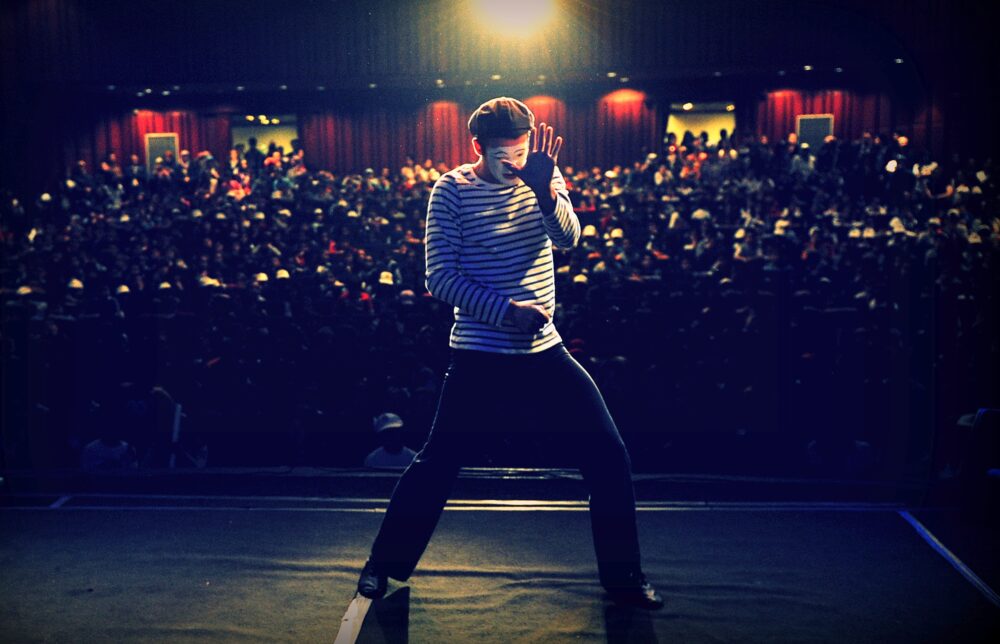
In those years when Mark Twain’s naturalistic realism was continued in the works of T. Dreiser and E. Sinclair, the “tradition of decency” continued to dominate the theater. On the stages were staged romantic melodramas and sentimental, overly sugary plays such as L. Riggs’ Irish Rose Abby (this performance was a success with the American public for five years).
At the end of the 19th century, a commercial system dominated in theaters in the United States; business entrepreneurs, who were guided by the traditional tastes of the audience and did not allow anything new to be put on the stage, were the tycoons of the stage arts. All theatrical figures, whether they were actors or authors of dramatic works, as well as all theater critics, were dependent on wealthy businessmen who ruled the show in the performing arts.
The most famous radical theater of that time was the Open Theater (Open Theater), which appeared in 1963. Its leader was Joseph Chaikin, who previously played roles in Brecht’s plays in Living Theater. Members of the Open Theater worked for free. The best performances of the theater were satirical performances, many of which were created in the course of the general improvisation of actors, director and playwright. This is the play with songs “Viet Rock” by Migen Terry, which tells the story of the life of seven American youths who became soldiers and died in Vietnam.
The satirical play America, Hurray! By J.C. van Itali was staged at the Open Theater. (1966), written as a pamphlet on the American way of life. It consists of three parts (Interview, Television, Motel), each of which expresses a special view of contemporary America. A huge soulless country is inhabited by various mechanisms, automata and people similar to puppet puppets and robots. In the production, which is an example of a political play, grotesque, masks, caricatures are used as the main means of exposure, psychological motives are completely absent in it.
In 1973, the performance “Chile, Chile” directed against the fascist junta was staged on the stage of the Open Theater, in which the troupe of the Theater of Latin America took part. Two years later, the Open Theater ceased to exist.
In the 1960s and 1970s, regional theaters were actively created in the United States. They not only staged performances, but also taught children and youth, held student and school holidays.
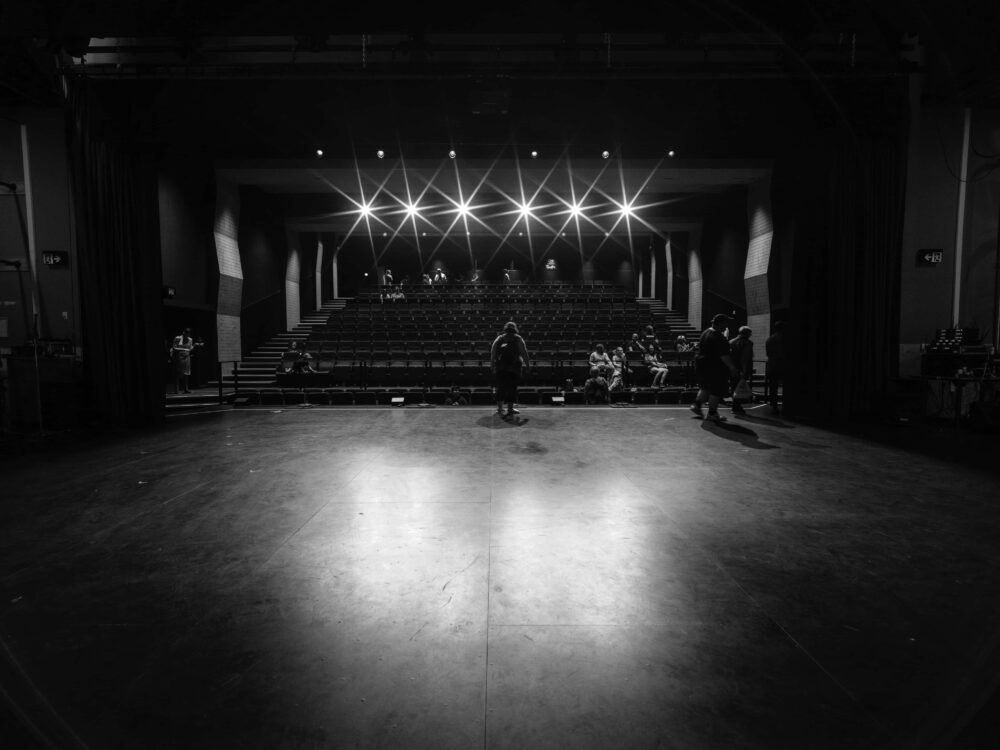
Local theaters in America have existed before, although there were very few of them. One of the most famous is the Cleveland Playhouse, formed in 1915 on the model of the Moscow Art Theater, which managed to maintain its position despite the world wars, the economic crisis of the 1930s, and the rapid development of cinema and television. In the 1950s, the Ellie Theater in Houston, headed by Nina Vance, and Zelda Fichendler’s Arena Stage in Washington, opened. In San Francisco, Herbert Blau and Julius Irving created the Ector’s Workshop Theater.
In the 1960s, the emergence of regional theaters became widespread. The Tyrone Guthrie Theater was established in Minneapolis, the Mark Thaper Forum, directed by Gordon Davidson, in Los Angeles, and the American Canservatree Theater in San Francisco, directed by William Ball. Some theaters immediately received well-equipped buildings, while others had to overcome numerous obstacles to establish themselves. For many years the Detroit Repertory Theater did not have its own building.
Regional theaters play an important role in US theater life. New and interesting plays are staged on their stages, many of which then move on to the stages of Broadway and off-Broadway theaters. Such famous directors as Mike Nichols, Alan Schneider, Alice Rabb and others began their creative activities in local theaters.
